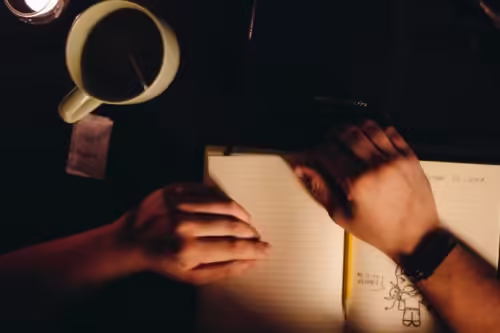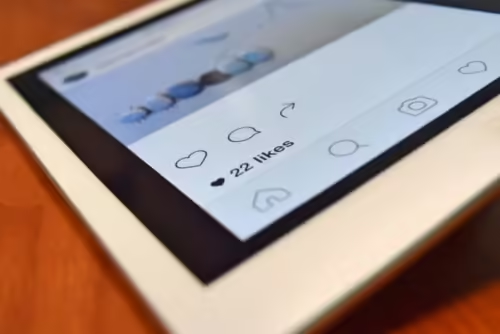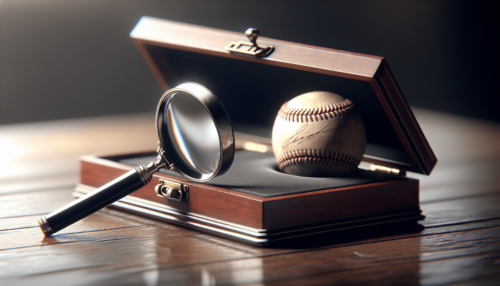Learn to effectively authenticate autographed items. The Ultimate Guide to Authenticating Autographed Items. How can one authenticate autographed items effectively?
Table of Contents
Overview
In the world of collectibles, autographed items hold a special allure. However, the authenticity of these items is often under scrutiny due to a thriving market for forged signatures. Keeping this in mind, it’s crucial to understand that authenticating autographed items involves a comprehensive process that requires a meticulous approach and factual evidence.
Thesis Statement
This guide aims to provide a thorough overview of the various methods and techniques utilized to authenticate autographed items. By understanding and utilizing these methods, one can ensure the authenticity of their collectibles and maintain their value.
Historical Context
Authenticating autographs is not a modern-day concern. The history of autographed items dates back centuries, with notable examples including autographed books, letters, and documents valued by collectors and historians. Over time, the demand for authenticated autographs has only grown, leading to more sophisticated methods of verification.
Historical Practices
In the past, authentication relied heavily on provenance – the documented history of ownership. Authenticating parties would review the item’s chain of custody, comparing known signatures against those purported to be authentic. However, this method had limitations, particularly when documentation was incomplete or forged.
Evolution of Authentication Methods
With technological advancements, new methods have emerged, including forensic analysis and digital archiving. These techniques provide more reliable and precise results, helping to weed out forged signatures more effectively.
Current Trends
As the market for autographed items grows, so do the methods and technologies for authentication. The advent of AI and blockchain technology has brought about significant changes, enabling more secure and accurate authentication processes.
Technological Advances
Recent advancements include the use of optical character recognition (OCR) and machine learning algorithms to analyze autograph characteristics such as stroke patterns and pressure. Additionally, blockchain technology ensures a transparent and immutable record of an item’s provenance.
Market Demands
There is an increasing demand for third-party authentication services. Reputable firms such as PSA/DNA and JSA provide expert authentication services, utilizing a combination of traditional and modern techniques to verify autographs.

This image is property of images.pexels.com.
Key Concepts and Definitions
Understanding the fundamental concepts and terminology associated with autograph authentication is vital. This section provides an overview of these key terms, offering a solid foundation for deeper exploration.
Provenance
Provenance refers to the documented history of an item. Establishing a clear chain of custody is essential in authentication, as it provides insights into the item’s authenticity and historical context.
Forensic Analysis
This involves the scientific examination of an autograph, focusing on aspects such as ink composition, paper type, and handwriting characteristics. Tools such as microscopes and spectral analysis are often used in this process.
Third-Party Authentication
Third-party authentication involves submitting an autographed item to an independent, reputable organization for verification. These organizations employ experts who analyze the item based on various criteria to determine its authenticity.
Methods for Authenticating Autographs
Let’s delve into the diverse methods used to authenticate autographs. These methods range from traditional practices to advanced technological approaches.
Visual Examination
One of the first steps in authenticating an autographed item is a thorough visual examination. This step involves scrutinizing the signature’s appearance, comparing it to known examples, and assessing the item’s overall condition.
Steps in Visual Examination
- Comparison with Known Examples: Experts compare the autograph with verified samples.
- Condition Assessment: Evaluating the paper or material’s condition.
- Style Consistency: Analyzing the consistency of the writing style.
Provenance Verification
As previously mentioned, provenance plays a crucial role. Establishing a documented history from a credible source can significantly bolster an item’s authenticity.
Forensic Analysis
Forensic analysis is more scientific and involves techniques such as:
- Ink Analysis: Determining the age and type of ink used.
- Handwriting Analysis: Comparing writing characteristics.
- Paper Analysis: Examining the paper’s age and origin.
Technological Approaches
Modern technology offers robust solutions for authentication.
- OCR and Machine Learning: These technologies analyze writing patterns and characteristics.
- Blockchain: Ensures a transparent and secure record of provenance.

This image is property of images.pexels.com.
Case Studies
Let’s explore some real-world examples to better understand the application of these methods.
Case Study 1: Babe Ruth Autograph
A collector found a baseball purportedly signed by Babe Ruth. To authenticate it:
- Visual Examination: Experts compared the signature to known samples.
- Provenance: The collector provided a letter from the original owner’s family.
- Forensic Analysis: Ink and paper analysis matched the era when Ruth played. By using these methods, experts authenticated the signature, significantly increasing the baseball’s value.
Case Study 2: Abraham Lincoln Document
An original document signed by Abraham Lincoln required authentication:
- Provenance: The document had a well-documented history.
- Handwriting Analysis: Experts compared the signature with known examples.
- Ink Analysis: Confirmed the ink was consistent with the mid-19th century. These steps validated the document’s authenticity, making it a valuable historical artifact.
Comparing Different Approaches
Authentication methods differ in reliability, cost, and applicability. This comparison aims to analyze the pros and cons of various approaches.
| Method | Reliability | Cost | Applicability |
|---|---|---|---|
| Visual Examination | Moderate | Low | Initial screening |
| Provenance Verification | High | Medium | Documented items |
| Forensic Analysis | High | High | Scientific needs |
| Technological Approaches | Very High | Variable | Advanced items |
Impact of Different Approaches
Each method’s reliability and cost-effectiveness vary significantly. While forensic analysis provides high accuracy, it can be costly. Similarly, technological solutions offer advanced accuracy but may not be suitable for all items.

This image is property of images.pexels.com.
Future Trends and Implications
The future of autograph authentication looks promising, with ongoing advancements bringing about more secure and reliable methods.
Predictions
Based on current trends, the following predictions seem plausible:
- Increased Use of AI: AI will become more integral in analyzing autographs.
- Blockchain Adoption: Blockchain will become the standard for recording provenance.
- Accessibility: Authentication technologies will become more accessible to the public.
Implications
These advancements have profound implications for the industry. More secure and accurate authentication methods enhance the value of autographed items, providing peace of mind to collectors and investors.
Conclusion
Authenticating autographed items is an intricate and crucial process that requires a blend of historical understanding, modern technology, and expert analysis. From visual examination to forensic analysis and technological solutions, each method offers unique benefits and challenges.
To summarize, understanding provenance, utilizing forensic and technological approaches, and relying on expert third-party authentication are key to ensuring the authenticity of autographed items. What are your thoughts on the evolving methods for authenticating autographs?

Final Thoughts
As the market for autographed items continues to grow, the importance of reliable authentication methods cannot be overstated. By embracing both traditional and modern techniques, collectors can preserve the integrity and value of their cherished items. How will these advancements shape the future of autograph authentication?
The ultimate guide to collecting authentic Hollywood autographs

